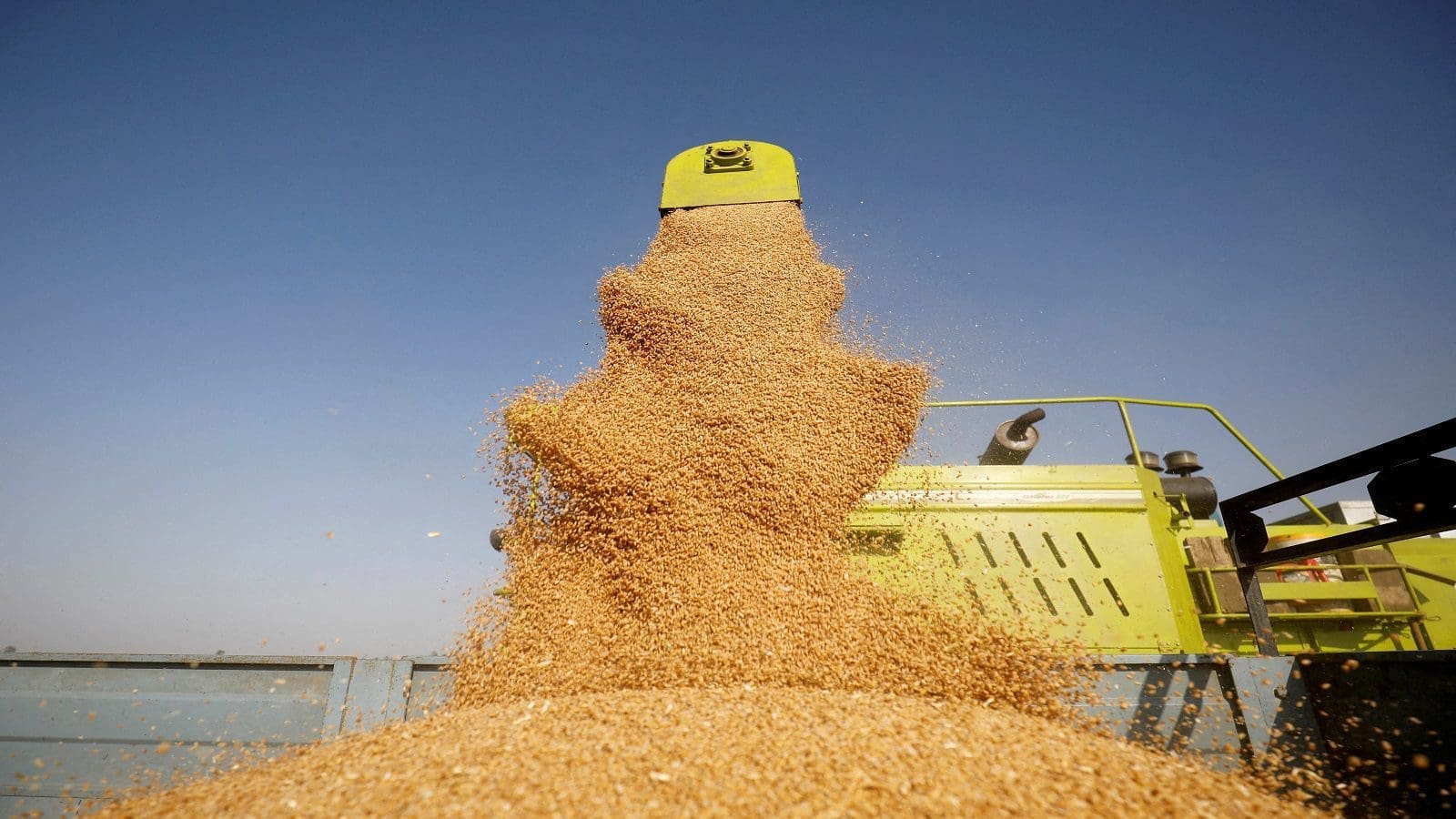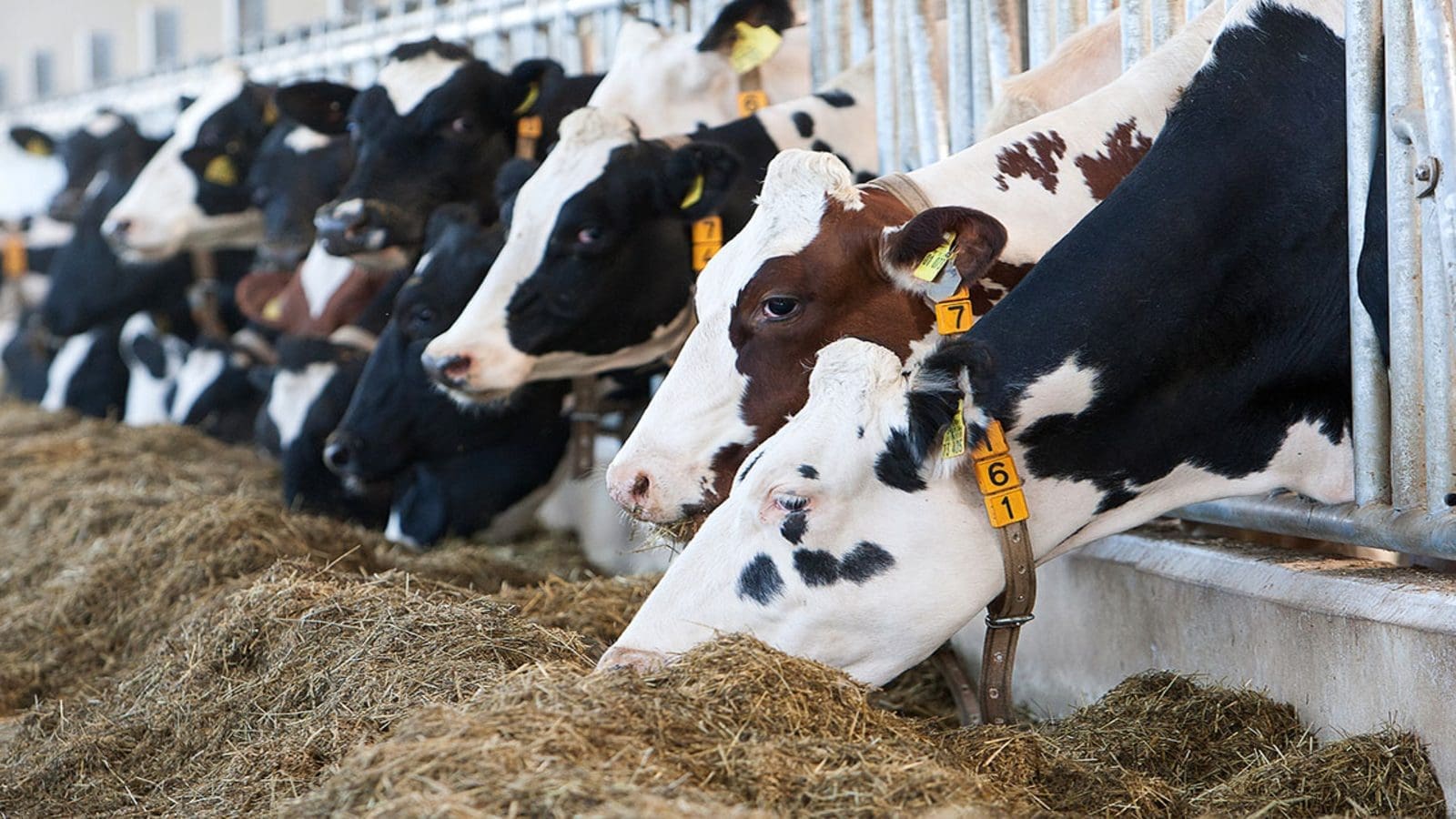INDIA- The Food Safety and Standards Authority of India (FSSAI) has developed a comprehensive group standard for millets to be enforced from September 1, provided under the Food Safety and Standards, Second Amendment Regulations, 2023.
There are currently individual standards for only a few millets like sorghum (jowar), whole and decorticated pearl millet grain (bajra), finger millet (ragi), and amaranth prescribed in the Food Safety and Standards (Food Product Standards and Food Additives) Regulations, 2011.
The FSSAI has now framed a comprehensive group standard for 15 types of millets to ensure the availability of good quality millets in domestic and global markets.
The comprehensive group standard specifies eight quality parameters, including moisture content, uric acid content, extraneous matter, other edible grains, defects, weevilled grains, and immature and shriveled grains.
Moisture content should not exceed 13% by mass, uric acid should be below 100mg/kg, and immature and shriveled grains should not exceed 5% by mass.
The FSSAI also set a 2% limit to other edible grains that may be present in millet.
India held the Global Millets (Shree Anna) Conference in celebration of 2023’s declaration as the International Year of Millets (IYM) on 18th March, after consistent efforts by India to have the United Nations make this declaration.
The declaration of 2023 as the International Year of Millets will promote investment in R&D and inspire stakeholders toward improving production, productivity, and millet quality.
In India, millet cultivation dropped from around 40% to 20% of all cultivated grains after the Green Revolution in the 1960s popularized wheat and rice.
The Indian government intends to increase millet consumption in the country and beyond, contributing to food security as millet is drought resistant.
“Millets are also gluten-free, low in glycemic index, rich in diary fiber and micronutrients such as calcium, iron, and phosphorus- these should be an integral part of our daily diet,” Kamala Vardhana Rao, CEO of FSSAI, said.
As millet production will likely boom in the year, the FSSAI recognizes the need for more comprehensive safety and quality standards.
India could keep wheat export ban
Meanwhile, a Global Agricultural Information Network report from the Foreign Agricultural Service of the US Department of Agriculture (USDA) holds that India is unlikely to relax its wheat export ban.
The USDA projects wheat production in India, the second largest producer, to increase to 108 million tonnes, up from the estimated 100 million in 2022-23.
Despite this forecast increase in the 2023-24 marketing year, the Indian government could keep its wheat export ban, at least through the peak harvest/marketing period.
“Policymakers are fretting over reports predicting a strengthening of the El Niño later in 2023, potentially impacting Indian agricultural production and food supplies,” the USDA report said.
Additionally, the government is keen on ensuring sufficient wheat supplies in the country as state and national elections approach.
For all the latest grains industry news from Africa, the Middle East and the World, subscribe to our weekly NEWSLETTERS, follow us on LinkedIn and subscribe to our YouTube channel










